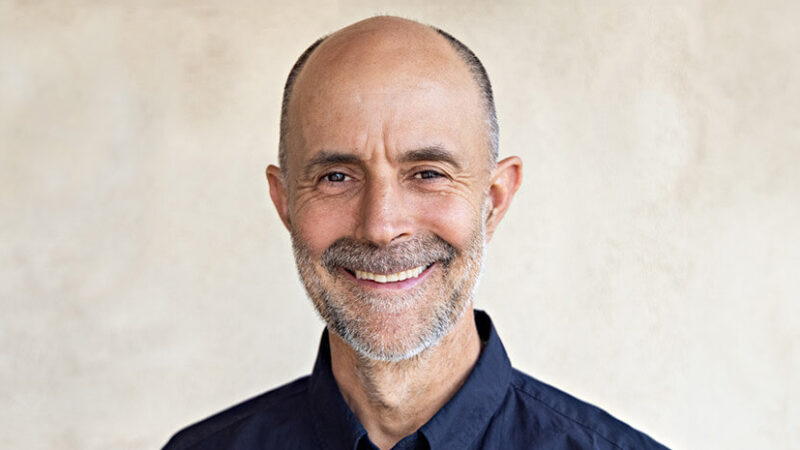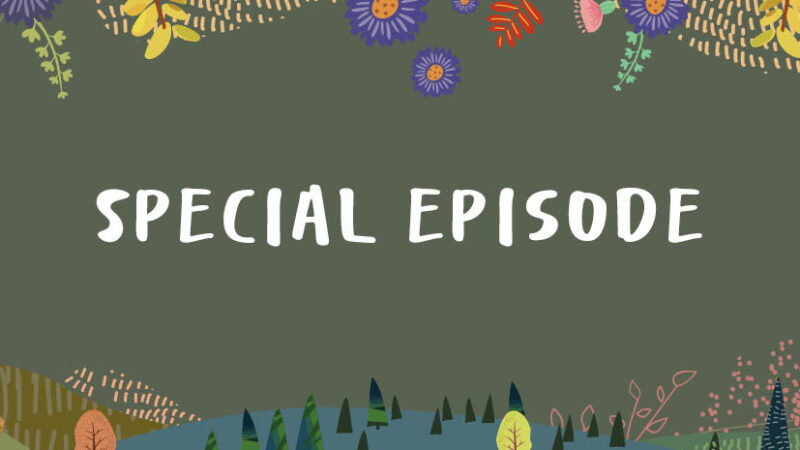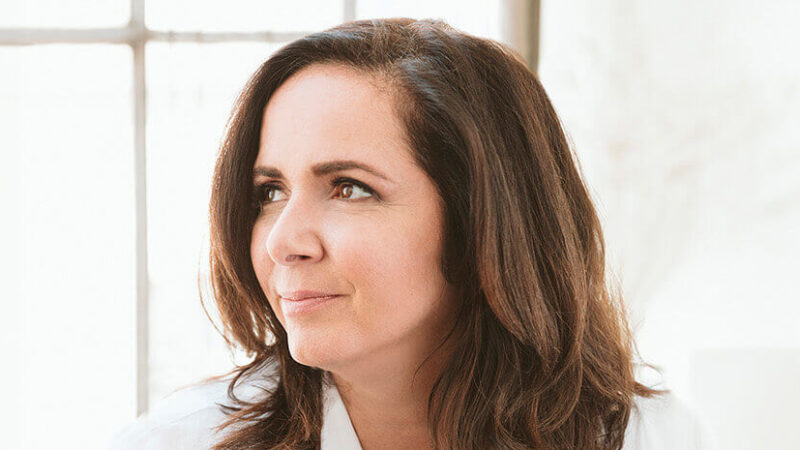Henry Shukman: Allowing, Welcoming, and Loving
There is a boundless goodness at the heart of this and every moment. And the path to realizing this goodness directly and more continuously is often what we would least expect. In this podcast, Tami Simon speaks with poet, author, and Zen meditation teacher Henry Shukman about his personal journey and the insights he shares in his latest book, Original Love.
In a conversation that will appeal to both meditators and non-meditators alike, Tami and Henry discuss: suffering, love, and the awakening of the world; being simultaneously broken-hearted, open-hearted, and wholehearted; the practice of allowing; how our most difficult feeling states become portals to higher awareness; Buddhism’s Five Hindrances; the discovery of emptiness; the four faces of awakening and what Henry calls, “no way but through” and “blazing forth”; finding the spiritual practice that fits you best; the meditative state known as absorption; choosing to love oneself; and more.
Note: This episode originally aired on Sounds True One, where these special episodes of Insights at the Edge are available to watch live on video and with exclusive access to Q&As with our guests. Learn more at join.soundstrue.com.






